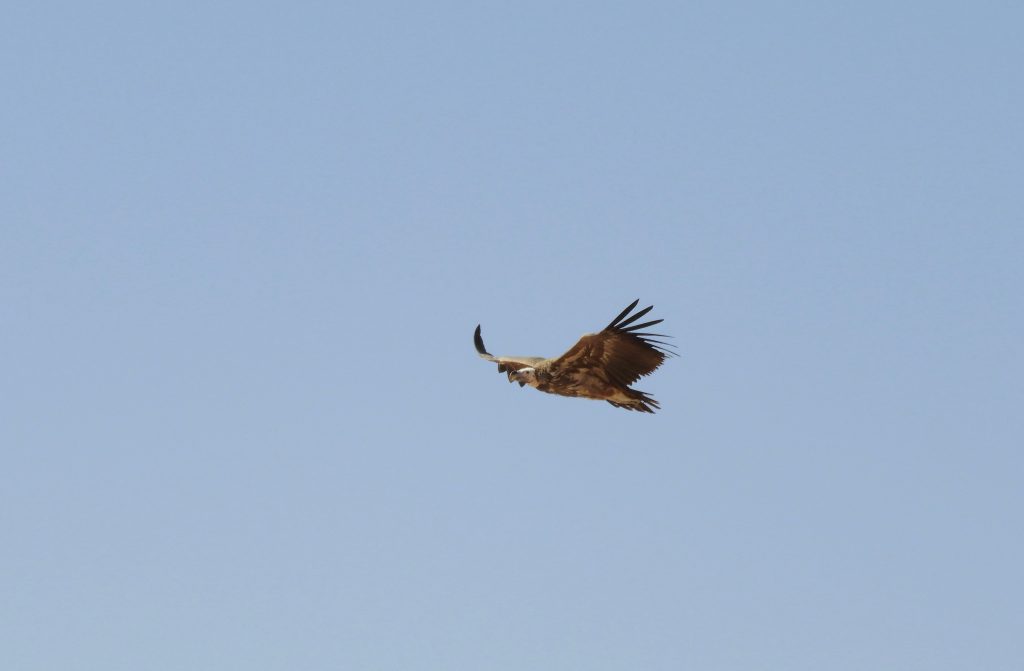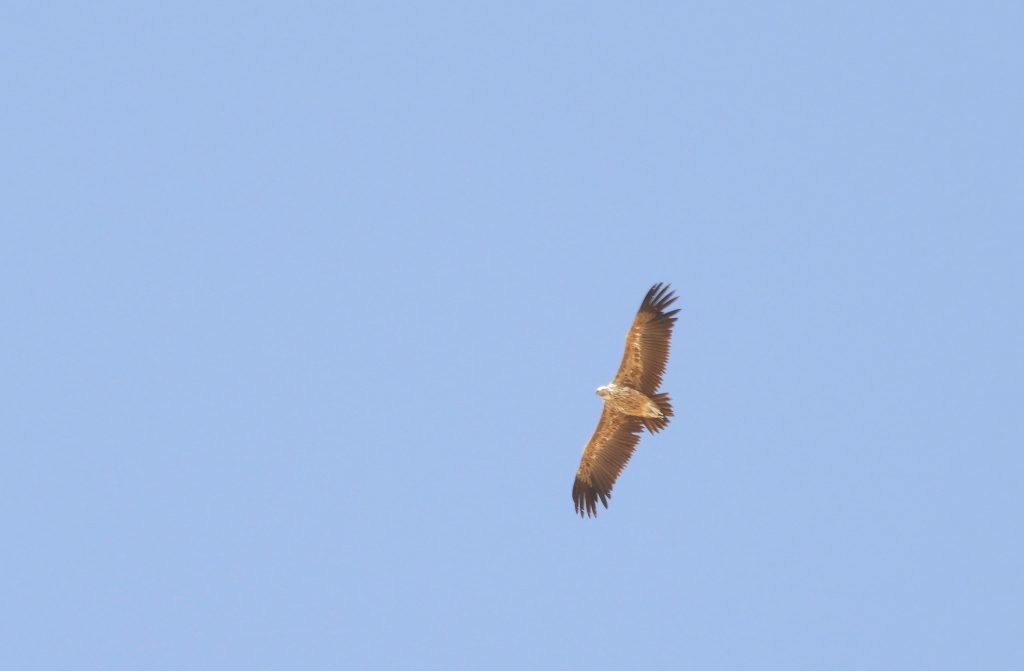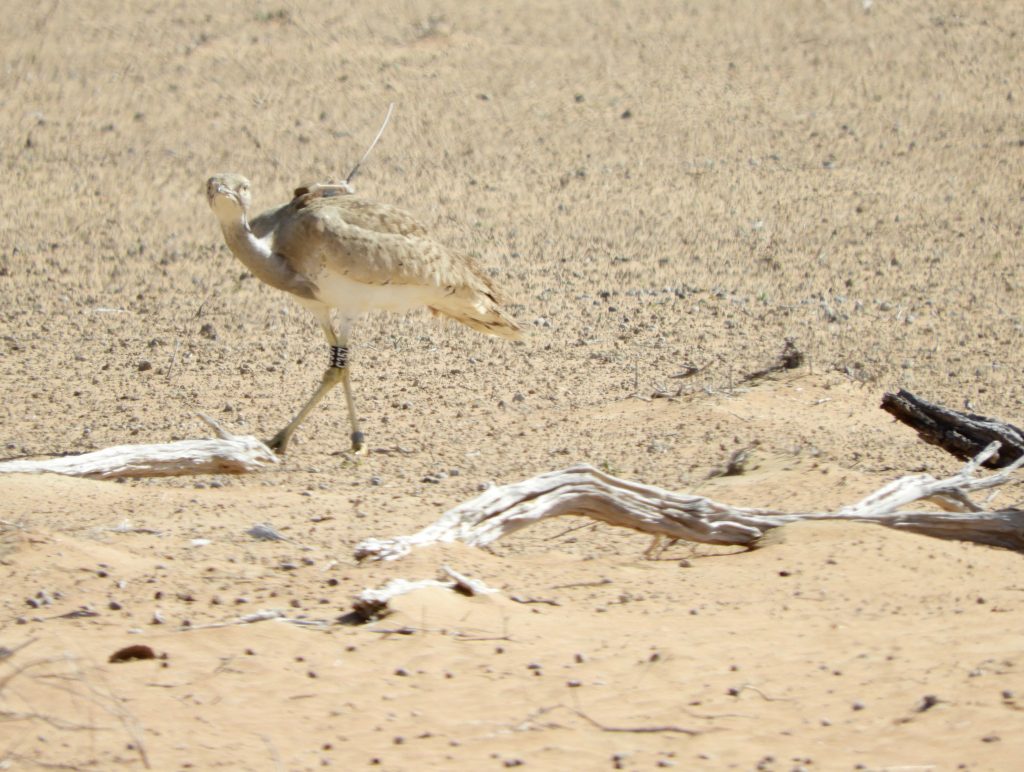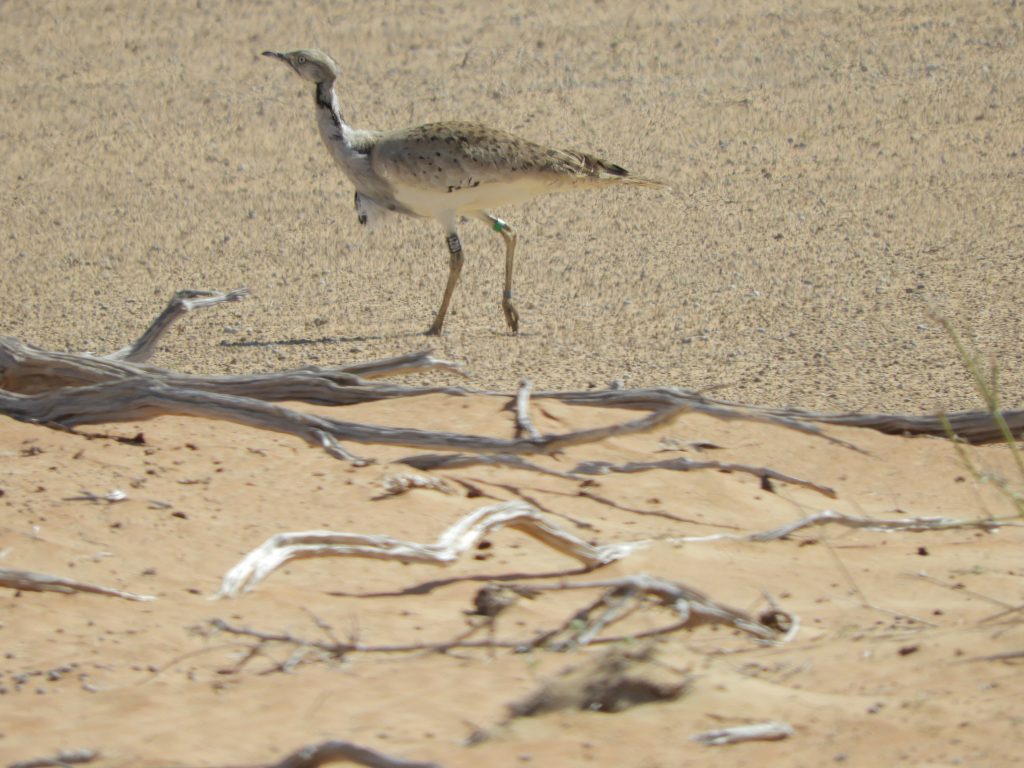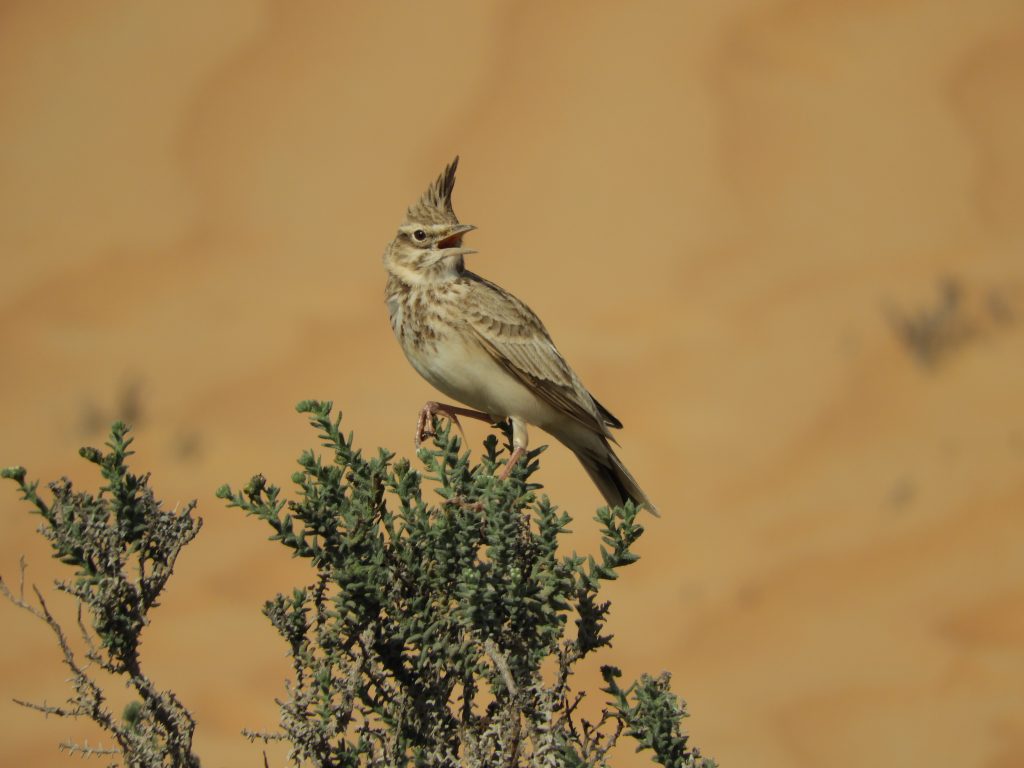December 12 2019. Hendrie Valley, Burlington, ON. I wrapped up the previous post with a footnote about a flagging Trumpeter Swan, noting it was a longer story than suited the post. Well the swan story is still unfolding but it’s not clear yet if it will have a happy ending.
To set the stage a bit, Trumpeter Swans used to be well established in Ontario but over-hunting eliminated them sometime since the arrival of Europeans. However, since the mid-1980s the swan has responded well to reintroduction efforts and is now a common winter bird found in flocks and small groups along sheltered stretches of western Lake Ontario. In April most leave for somewhat more northern breeding grounds while a few pairs remain to breed in quiet backwaters not far from here. Unlike its lookalike cousin, the Tundra Swan which heads to sub-Arctic tundra margins to breed, Trumpeter Swans find nesting sites in the marshy margins of lakes and rivers.
Each year, as part of the reintroduction programme, as many young as possible are captured and fitted with leg bands and yellow wing-tags about the size of the palm of your hand, I assume the tags make it easy for researchers to track who’s who and where. I find this wing-tagging offensive for several reasons but know that those who do it will eloquently claim and explain that it causes no harm and plays a role in efforts to save the species. Perhaps so.
Our story started as my companions and I walked along a river-side trail and noticed a Trumpeter Swan walking purposefully towards us on the frozen surface of the river; how incongruous! It surely should be swimming with others in open water not walking alone on ice. Moments later it was on the trail beside us having walked up a steep-ish bank, clearly unafraid of us and pointedly with a purpose. It bore wing tags identifying it as K18. We could only think it was expecting that we had food for it, many people walk these trails feeding the chickadees, nuthatches, squirrels and other wildlife along the way. We had nothing suitable to offer it although one of my companions offered fragments of her granola bar which K18 took willingly.
Sweetly engaging though it may have seemed, everything about this meeting with K18 was wrong: it was not on open water with other swans, it was evidently hungry, if not starving, and apparently habituated to humans. And especially disturbingly, those plastic wing-tags were encrusted with inch-thick wedges of ice. What does it serve to encumber a wild bird this way?
Puzzled and feeling anxious for K18, we continued on our way but called a friend at the Royal Botanical Gardens and asked him to help if he could. He mused that K18 may be suffering lead poisoning, ‘there’s been a lot of it” and effectively put in motion a rescue of this bird a little later that the day.
A couple of subsequent and self-explanatory emails and text messages will move this story along. Word came back, “… K18 has lead poisoning. We are going to try treatment. It is a good bet that he picked it up in the spring because he usually goes north, but didn’t this year. He was seen in (a local lake) during the summer.”
A follow-up check with the veterinarian brother of one of us disclosed the following. “Oral ingestion of lead pellets is often fatal since so much is absorbed into the bloodstream, and continues to be absorbed as long as the pellet is in the GI tract. If they can remove the pellet(s) the bird might be OK, but you’d have to take radiographs to know if they were in the stomach or intestine, and removal from the intestine would require surgery, and even passing a stomach tube to try to get anything from the stomach would require general anesthesia, which is likely prohibitively expensive for wildlife. The most humane thing to do is likely euthanasia. Birds that get shotgun pellets in their soft tissues often do well because absorption is so much slower. It’s sad that it continues to happen, and only because gun lobbies prefer lead which is soft, compared to steel pellets which damage gun barrels.”
There is so much that is disquieting in that brief, brotherly analysis. Where do you suppose K18 ingested lead shot? It could be any marshy hunting area. Whenever you see a swan (duck or goose for that matter) foraging below the water surface or on soggy wetlands, there’s a chance it’s ingesting lead pellets. Cornell Labs’ excellent on-line reference site, Birds of North America, notes, “Lead shot and sinkers are ingested directly from bottom sediments while feeding, or when searching for grit. Lead shot (and possibly fishing sinkers) continues to be a serious local problem despite being banned for waterfowl hunting for decades … Lead poisoning may kill Trumpeter Swans as young as 3 wks. old. Blus et al. … suggested that the Trumpeter Swan is unusually sensitive to lead poisoning. Treatment of some lead-poisoned individuals is possible.”
A little bit more research showed that lead shot has been banned for hunting in Canada and the US, but that does not take yesterday’s lead out of the environment. Those old lead pellets all fell to ground. The Canadian Veterinary Medicine Association’s web site provides more and disturbing information about lead contamination and its effect on wildlife.
K18’s fate remains to be seen.
